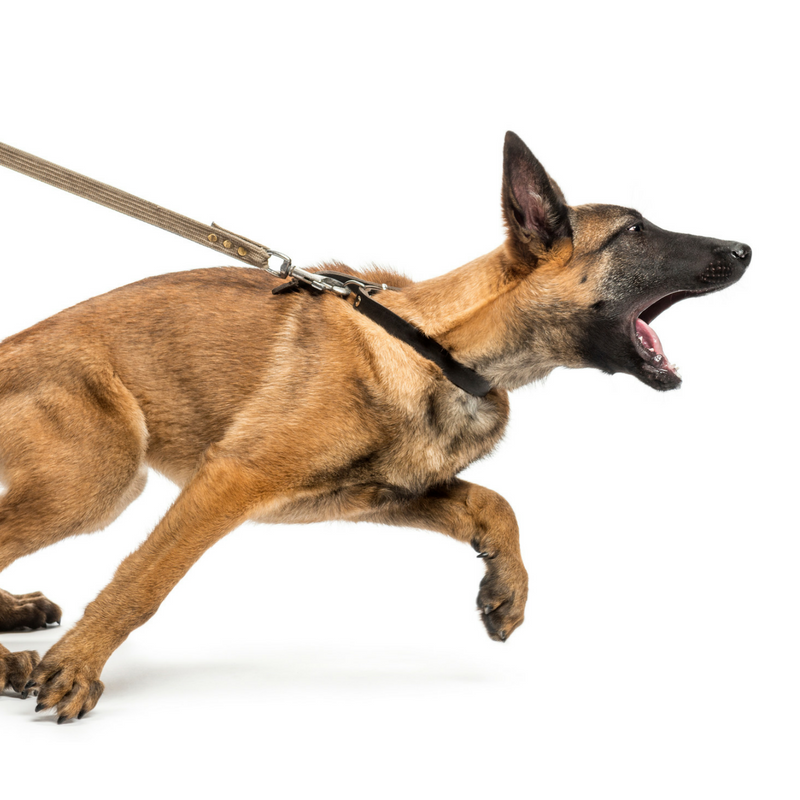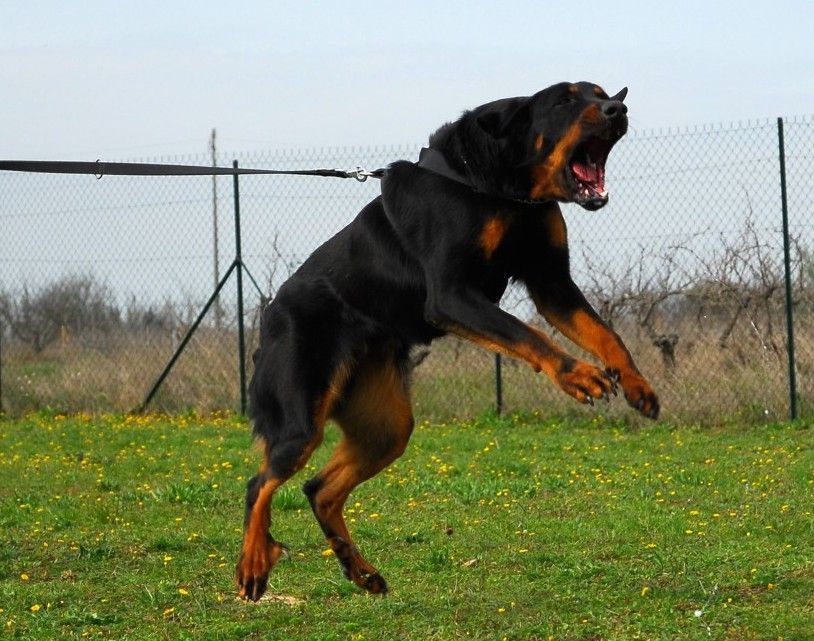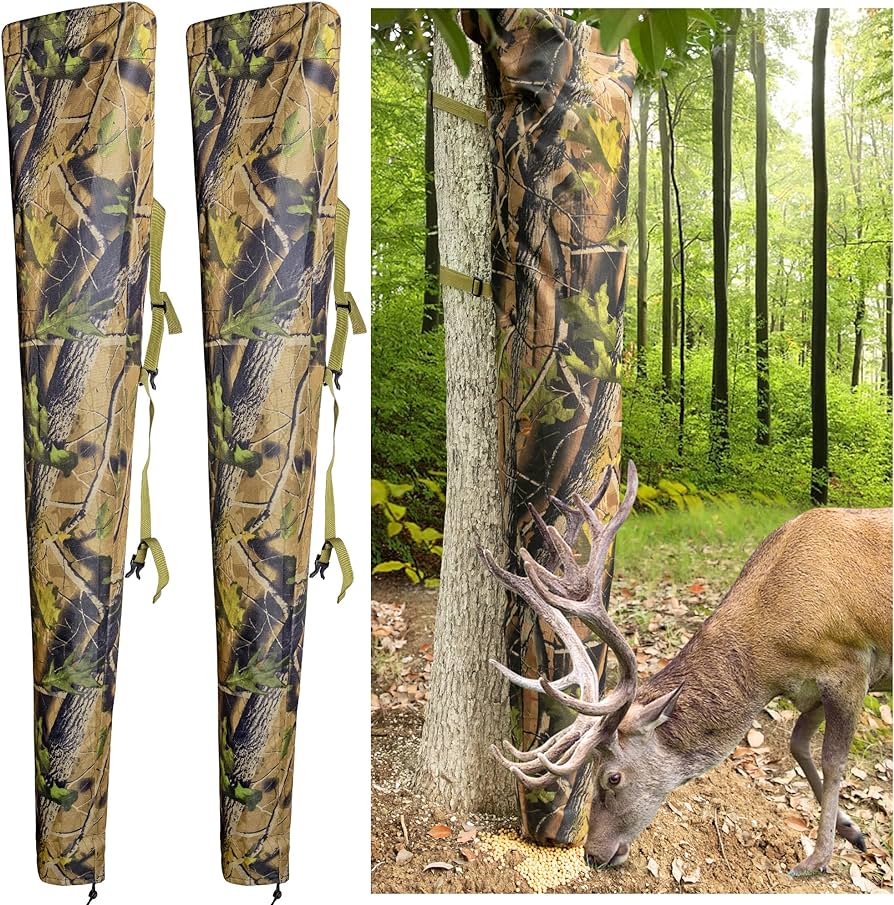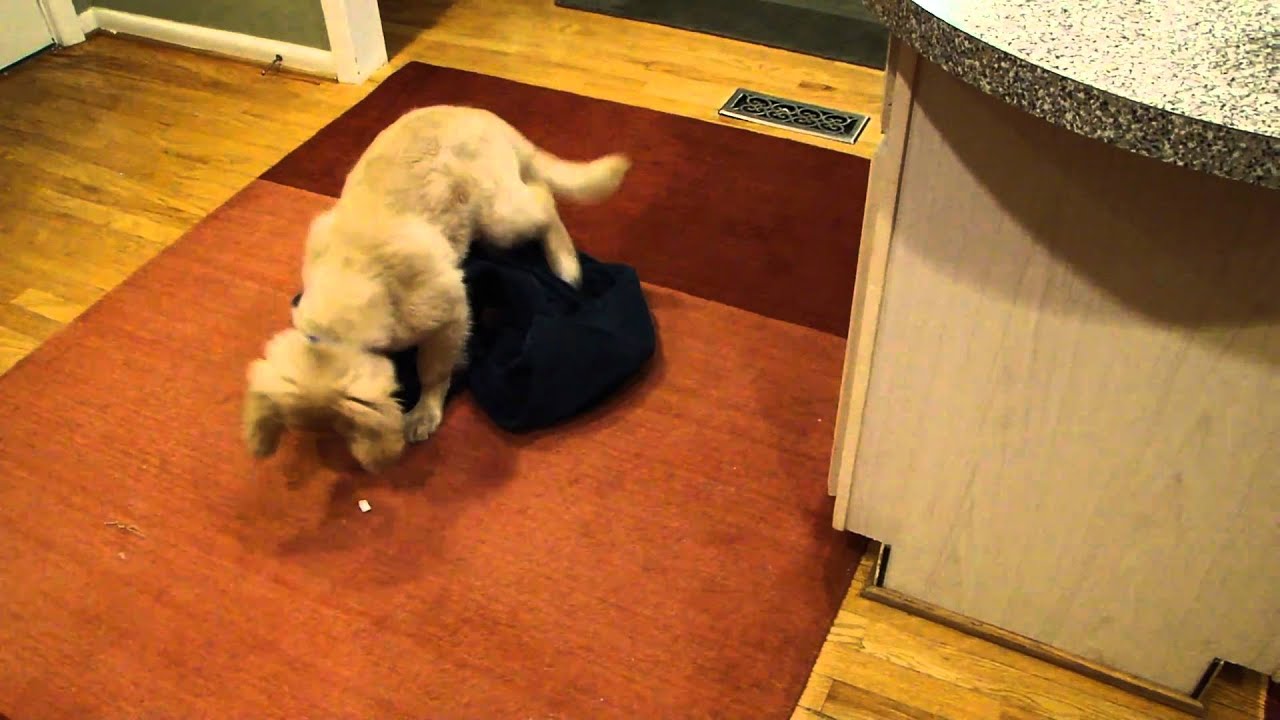The Lunging Problem
You’re out walking your dog when suddenly they freeze, fixate on an approaching dog, and erupt in a frenzy of barking and lunging. This unnerving reaction is frustratingly common in dogs, but what causes it and how can it be addressed? With some detective work and training, this behavior can be improved. Let’s break down the possible reasons for lunging and realistic solutions.
Fear and Anxiety
Dogs often lunge from underlying fear or anxiety about interacting with unknown dogs. Shy, timid, insecure, or poorly socialized dogs may view approaching dogs as threatening. Lunging and aggressive displays reflect attempts to make the perceived “threat” go away. Counterconditioning with positive associations can help fearful dogs feel more comfortable around new dogs.
Overexcitement
Exuberant, high-energy dogs may lunge simply from being overstimulated and unable to contain their excitement about greeting a potential new friend. While not aggressive, this extreme frustration needs to be controlled as it can still frighten oncoming dogs. Training impulse control and redirection skills helps overexcited dogs manage themselves.

Leash Frustration
Dogs who are generally friendly may still lunge when on leash because they are frustrated at being restrained from going to greet the other dog. They associate the tension on the leash with the presence of the dog. Using positive reinforcement, teach your dog to ignore other dogs and focus on you when on leash.
Protectiveness
Some dogs become protective of their owner or territory and lunge at unfamiliar dogs approaching too close. Early socialization prevents this along with training to help protective dogs recognize when a situation is not a real threat. Obedience cues and correction may be needed.
Prey Drive
Dogs with high prey drives may fixate, stalk and lunge at small dogs, mistakenly viewing them as prey animals. Again, socialization and impulse control training are key. Also be vigilant about monitoring your dog around smaller dogs. Use a basket muzzle if needed.
Finding the Right Solutions
Identifying the specific roots of your dog’s lunging behavior will point you to appropriate solutions. An experienced trainer can provide customized training and desensitization programs. With time, consistency and positive techniques, dogs can overcome the urge to lunge and learn to approach others calmly.
Training Tips at Home
At home, positive training can help dogs learn to control their impulses and improve social skills. For example, when your dog notices another dog, immediately give a command to redirect their attention, then reward. You can also set up simulated scenarios to expose your dog to other dogs in controlled settings. With a helper roleplaying, simulate encounters with friendly dogs on walks and teach your dog how to react properly.
Choosing the Right Collar and Leash
Use a front-clipping harness or head collar for better control to prevent lunging. Choose a properly fitted leash so you can maintain control if your dog startles or becomes excited. Be sure to use humane, non-harmful equipment.
Identifying Triggers
Pay close attention to identify what exactly triggers the lunging response. Is it certain breeds or sizes of dogs? Direct eye contact or sniffing? Knowing the triggers can help you anticipate and prevent reactions. Triggers can also be simulated during training to help desensitize the dog.
Consistent Patient Training
Permanently improving this behavior takes a lot of time and training. Practice training in many different environments to ensure the dog builds the proper reactions. Expect setbacks and be patient. Immediately end any session where emotions escalate. Positive reinforcement methods will be most effective.
Seeking Professional Help
If problems persist, consult an animal behaviorist or certified trainer for advice. They can evaluate your dog and design a customized training plan. They can also help identify the most effective rewards and corrections for your dog. Professional guidance can quickly and safely correct this common challenge.
Please let me know if you would like me to expand on any other aspects of this article. I’m happy to provide more details on resolving dogs lunging at other dogs.



